Shark
Species Spotlight
Have a favorite shark species or want to learn more about rare shark types you may not have heard about? Check out the Species Spotlight Section for resources on every type of shark!
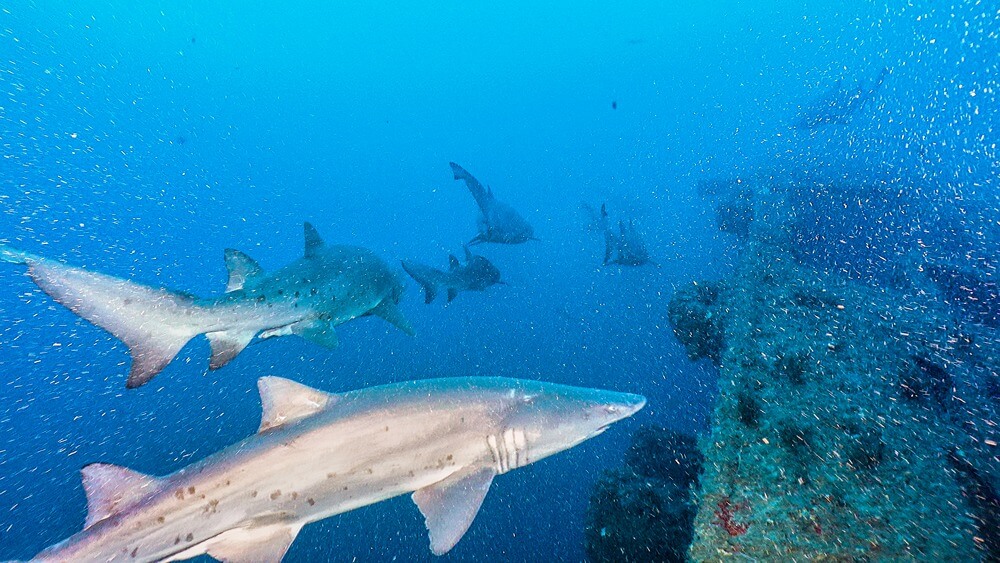
NOAA Species Directory
Check out the NOAA Fisheries’ Species Directory to learn more information about each shark species you are interested in.
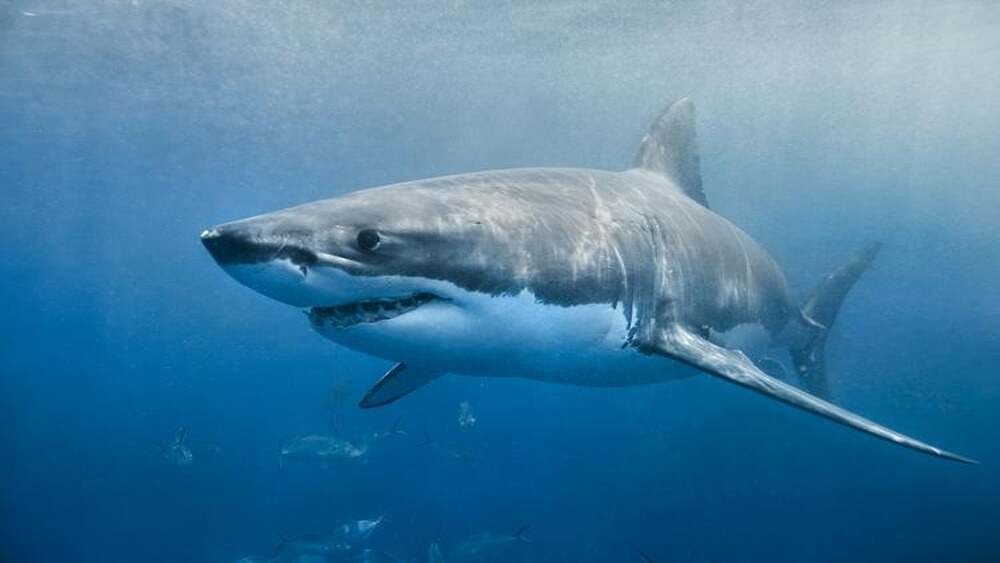
White Shark
The white shark is a large, wide-ranging species that occurs in temperate and subtropical seas worldwide. As an apex predator, the white shark is at the top of the food chain and plays an important ecological role in the oceans. It is also an iconic species due to its occurrence in near-shore habitats and frequent appearance in films and documentaries.
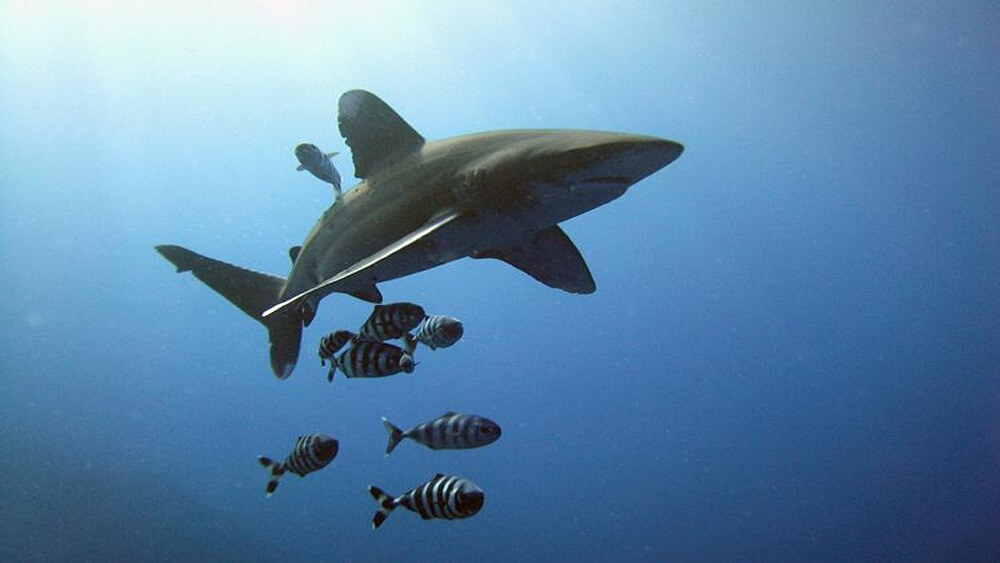
Oceanic Whitetip Shark
Oceanic whitetip sharks are large, pelagic sharks found in tropical and subtropical oceans throughout the world. They live offshore in deep water, but spend most of their time in the upper part of the water column near the surface. Oceanic whitetip sharks are long-lived, late maturing, and have low to moderate productivity.
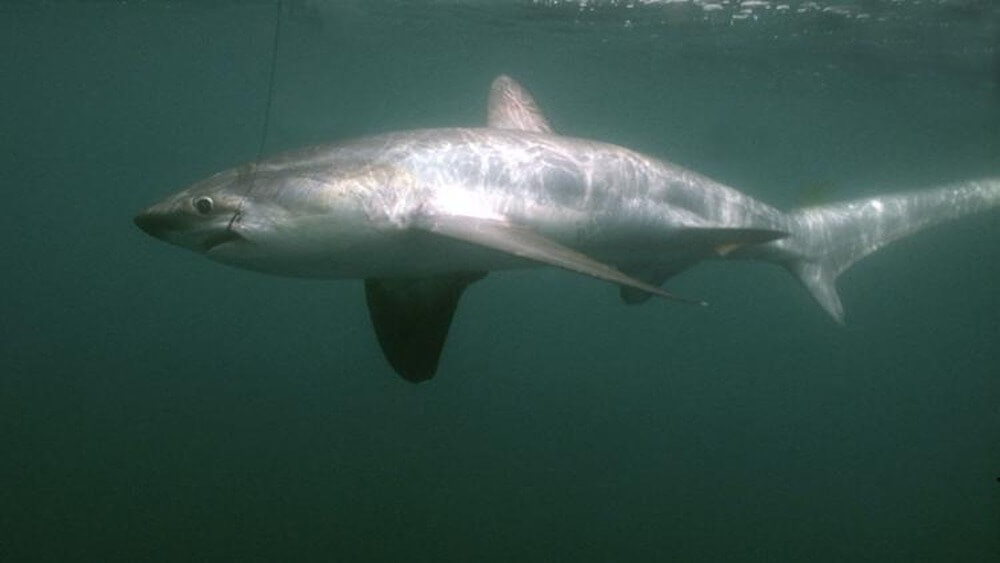
Pacific Common Thresher Shark
Thresher sharks are brown, gray, blue-gray, or blackish on the back and underside of their snout. They are lighter on the sides, and fully white below.Fins are blackish, and some have white dots on the tips.
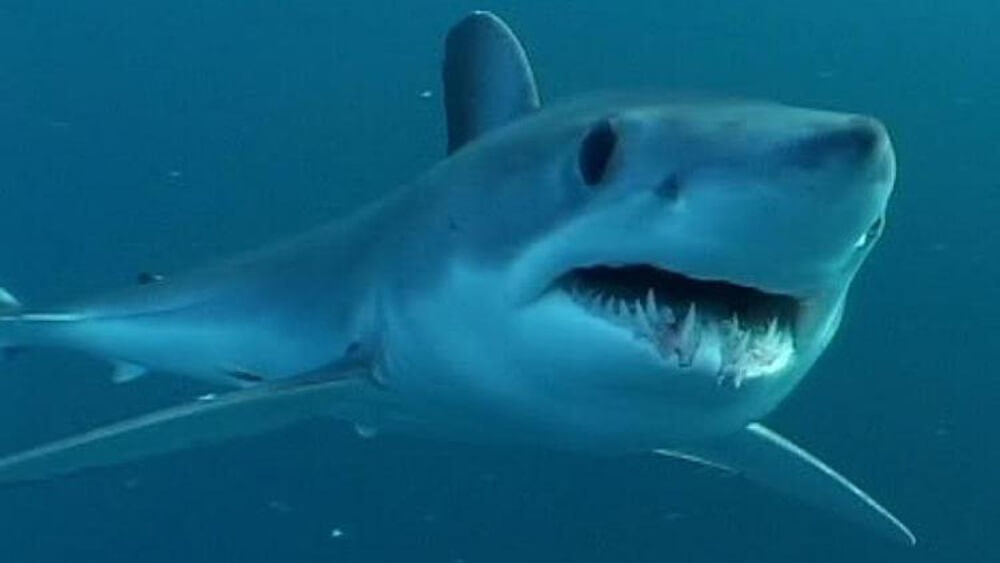
Pacific Shortfin Mako Shark
Shortfin mako sharks have pointed snouts and long gill slits. They have dark blue-gray backs, light metallic blue sides, and white undersides. They’re aggressive predators and feed near the top of the food chain on squid and pelagic fish (including swordfish, tuna, and other sharks). They have very few predators. Larger sharks and killer whales sometimes prey on younger, smaller shortfin makos.
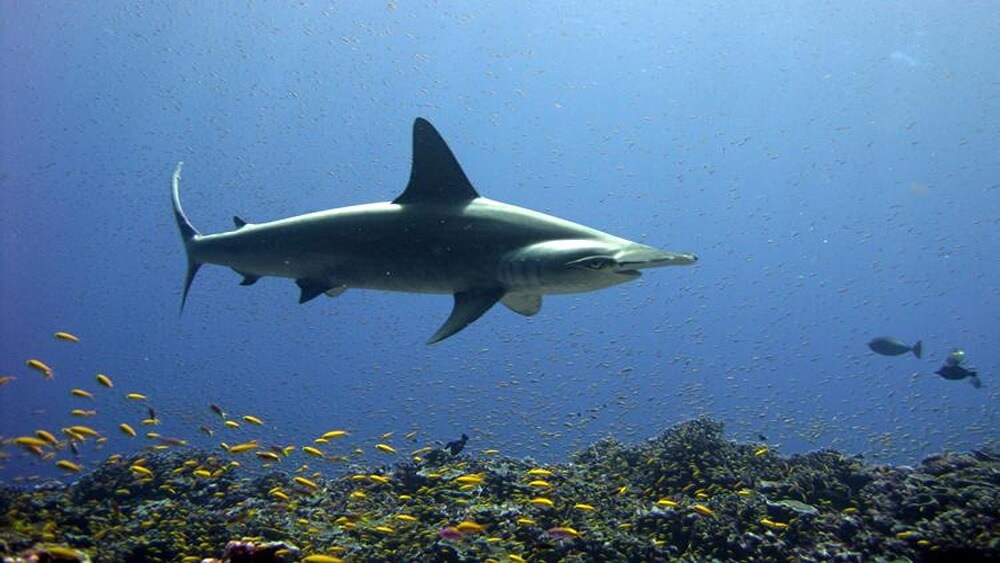
Scalloped Hammerhead Shark
Scalloped hammerhead sharks are moderately large sharks with a global distribution. The most distinguishing characteristic of this shark is its "hammer-shaped" head. They are threatened by commercial fishing, mainly for the shark fin trade.
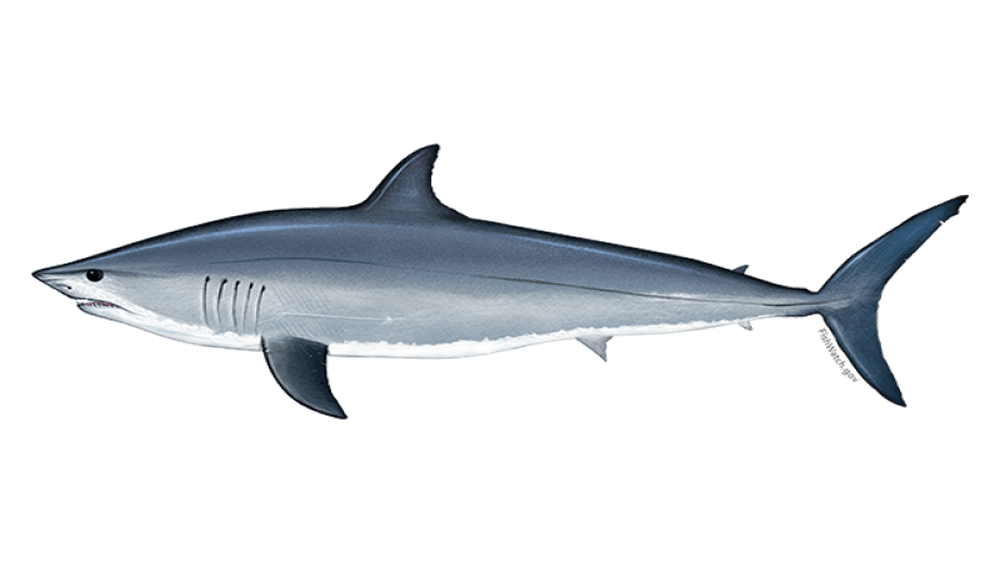
Shortfin Mako Shark
The shortfin mako is a large and highly migratory shark that occurs across all temperate and tropical ocean waters.
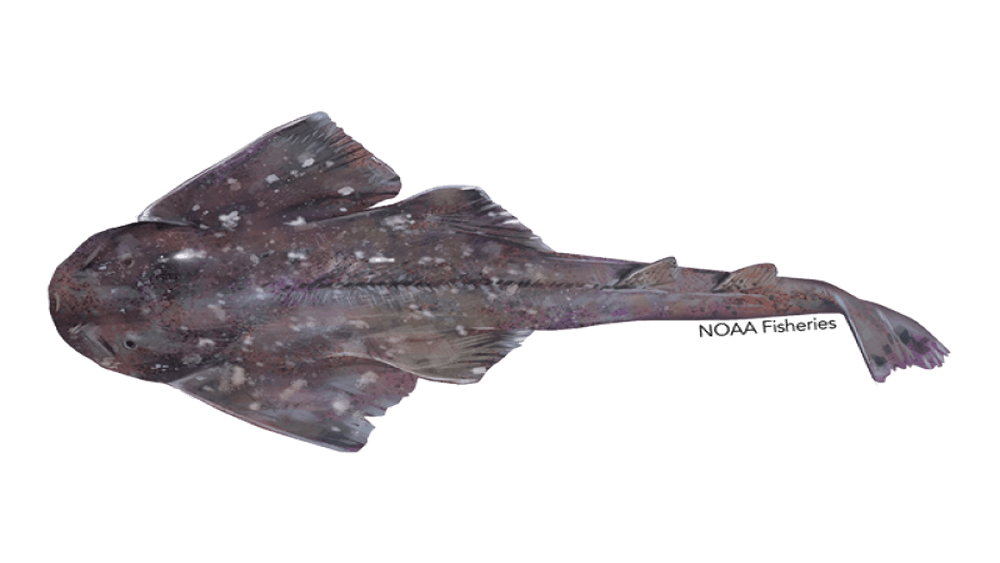
Argentine Angelshark
The Argentine angelshark is a cartilaginous fish, similar to a ray or skate. It has a very restricted range in the Southwest Atlantic, from southern Brazil to at least the northern part of Argentina, one of the smallest ranges of any elasmobranch species.
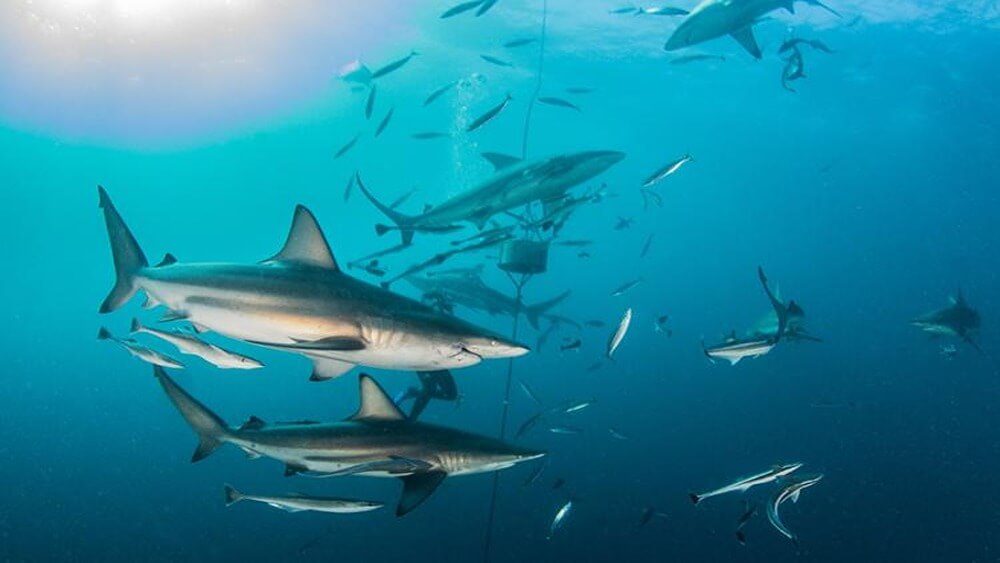
Atlantic Blacktip Shark
Atlantic blacktip sharks grow quickly, and can reach up to 6 feet in length. The oldest observed blacktip shark was 15.5 years old. They often form large groups, segregated into separate schools of males and females when they are not mating.
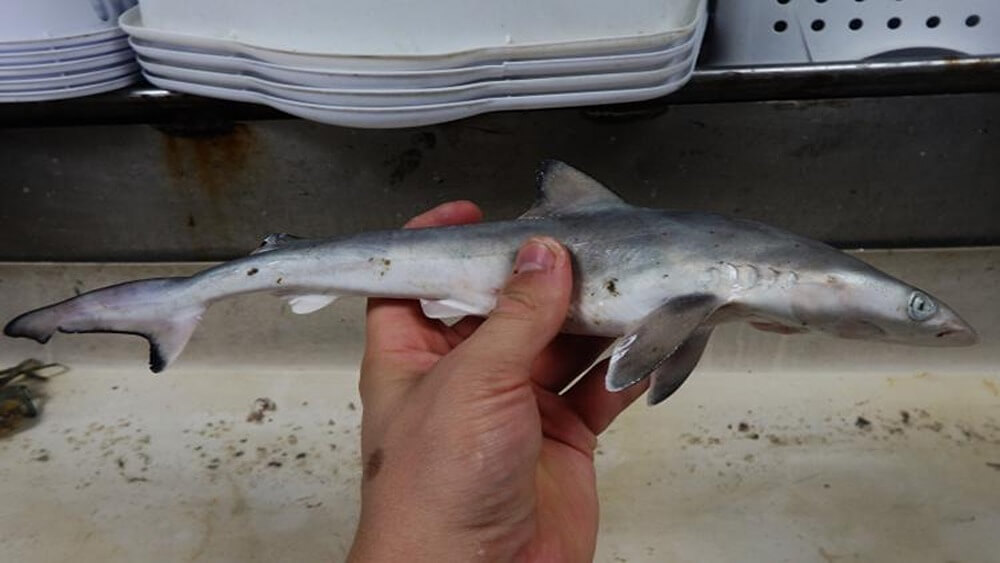
Atlantic Sharpnose Shark
Atlantic sharpnose sharks are commonly found in the western Atlantic from New Brunswick, Canada, through the Gulf of Mexico, and are commonly caught in U.S. waters from Virginia to Texas.

Atlantic Shortfin Mako Shark
Shortfin mako sharks have very pointed snouts and long gill slits. They have dark blue/gray backs, light metallic blue sides, and white undersides. Shortfin mako sharks are easily confused with longfin makos.
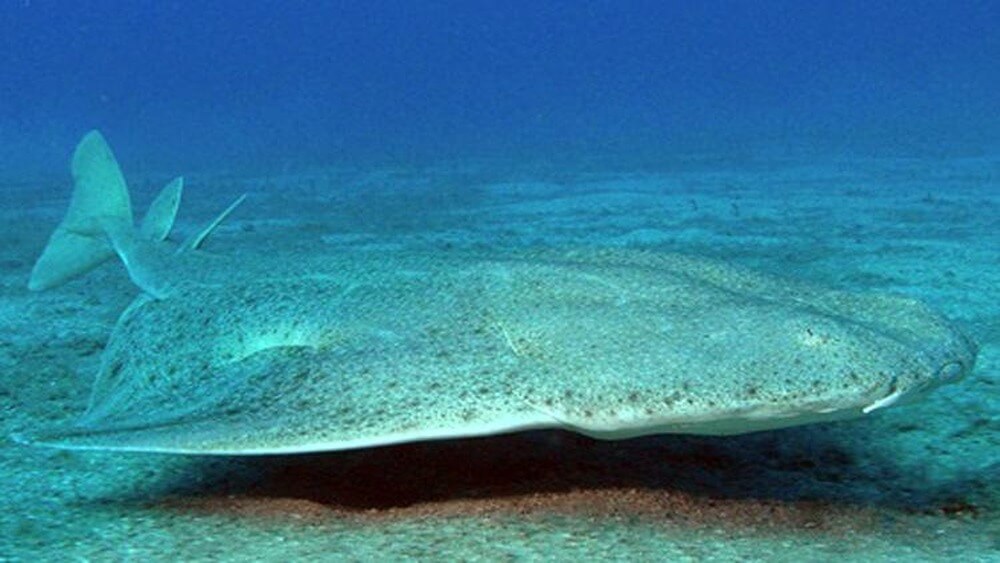
Common Angelshark
The common angelshark is a cartilaginous fish. The species once occurred in waters throughout the Mediterranean Sea and along the eastern Atlantic Ocean, from Scandinavia to Mauritania. It no longer occurs in many areas of the Mediterranean and is rare throughout the rest of its range with one exception—the Canary Islands.
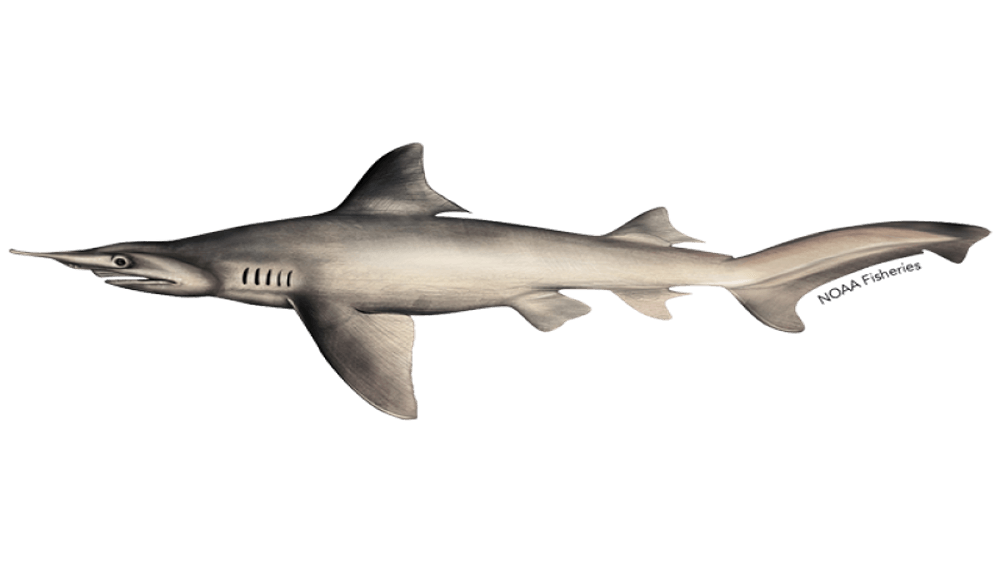
Daggernose Shark
The daggernose shark is a cartilaginous fish. The species once occurred in the shallow tropical waters of the central western Atlantic Ocean and Caribbean Sea, from Venezuela to northern Brazil, making it one of the smallest ranges of any elasmobranch species. It no longer occurs in areas of Brazil where it was previously common.
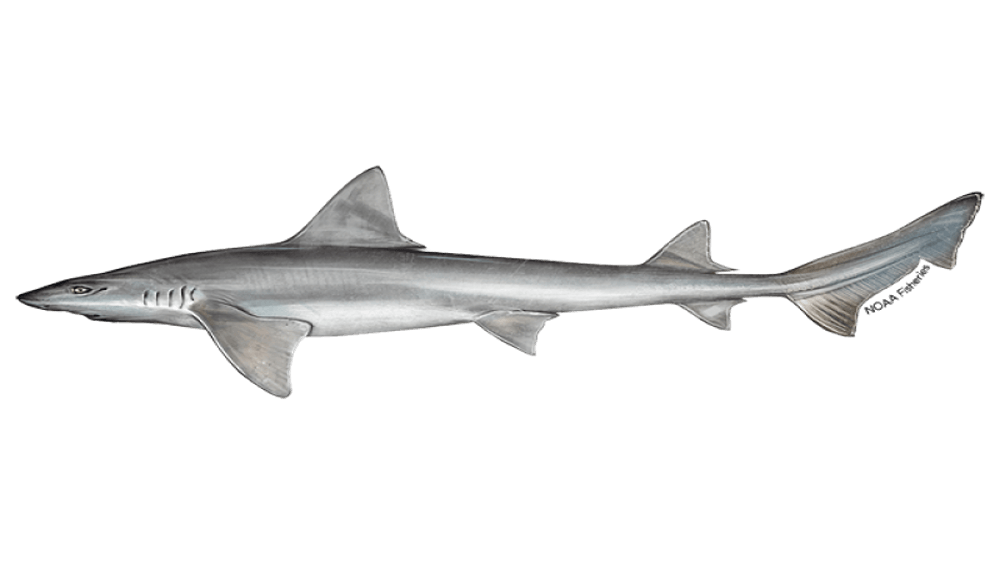
Narrownose Smoothhound Shark
The narrownose smoothhound is a cartilaginous fish. It is the most abundant and widely distributed Triakid in the Argentine Sea and historically had high densities in the Argentine-Uruguay Common Fishing Zone.
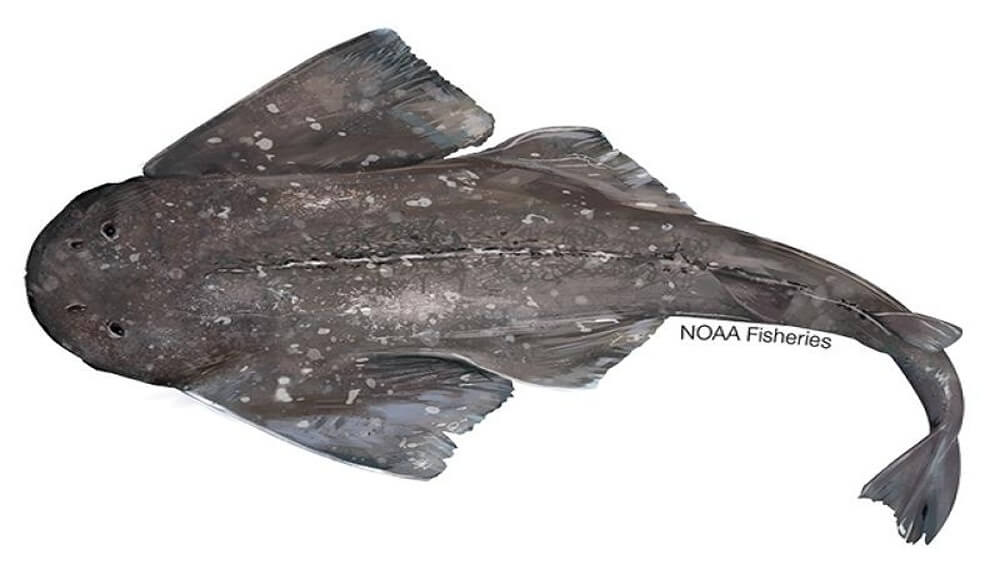
Sawback Angelshark
The sawback angelshark is a cartilaginous fish. The species once occurred in waters throughout the central and western Mediterranean Sea and along the eastern Atlantic, from Morocco to Angola. It no longer occurs in many areas of the Mediterranean, including the Adriatic Sea and much of the northwestern portion of the Mediterranean Sea, and is rare throughout the rest of its range.
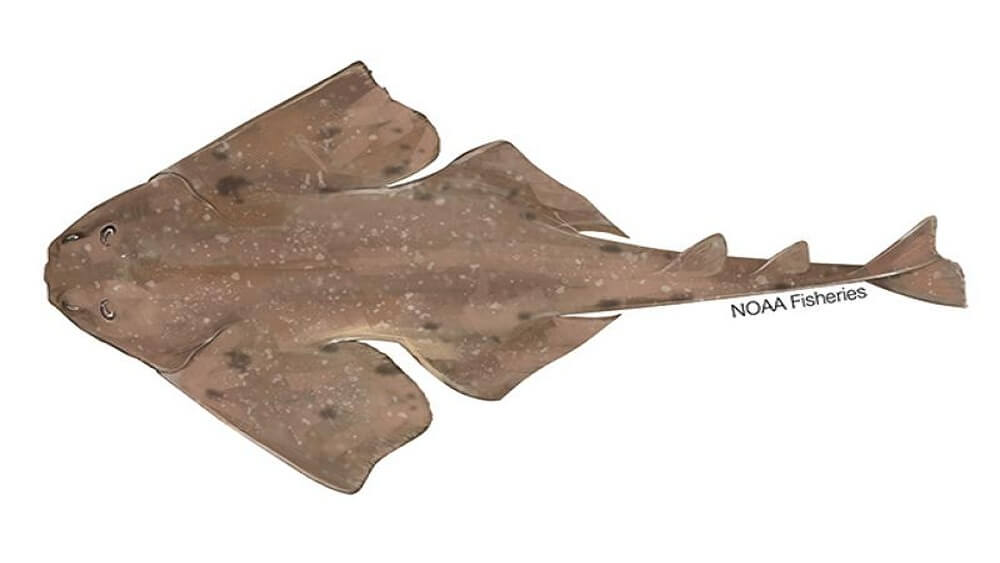
Smoothback Angelshark
The smoothback angelshark is a cartilaginous fish. The species once occurred in waters throughout the Mediterranean Sea and along the eastern Atlantic, from Morocco to Angola. It is no longer observed in many areas of the Mediterranean and is rare throughout the rest of its range.
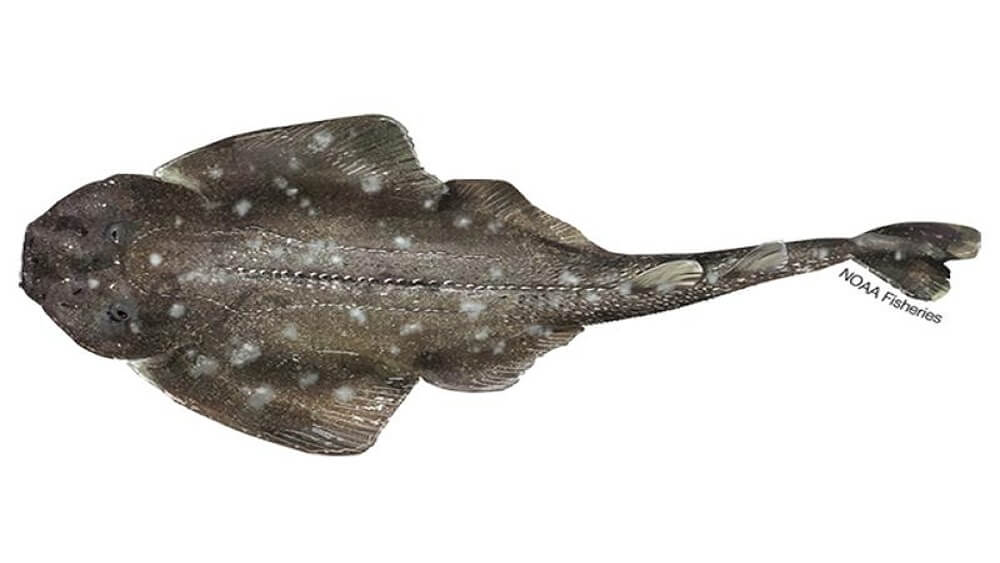
Spiny Angelshark
The spiny angelshark is a cartilaginous fish similar to a ray or skate. They occur in the Southwest Atlantic from Brazil to Argentina. The spiny angelshark represents the most commonly caught angelshark species in numerous fisheries operating throughout its range.
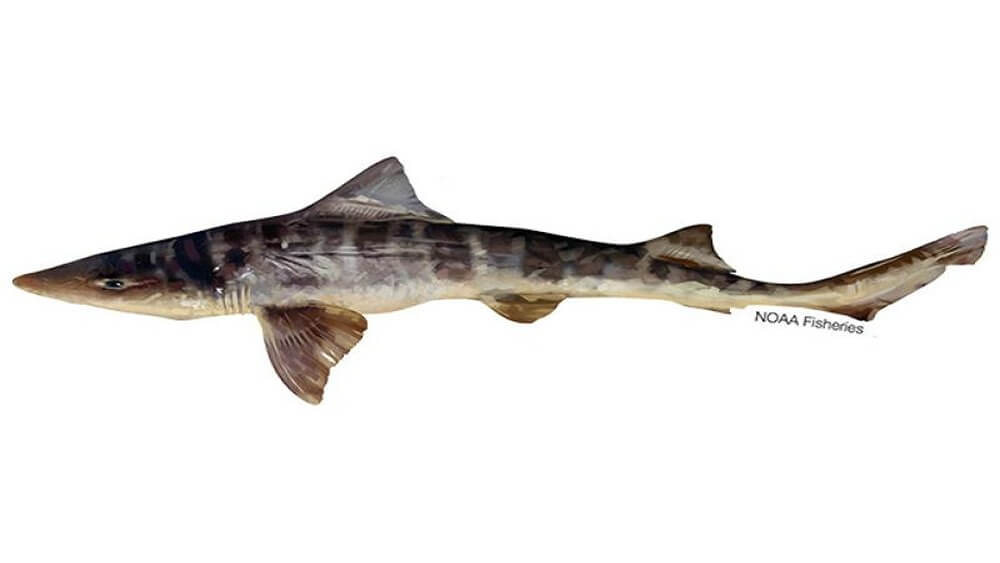
Striped Smoothhound Shark
The striped smoothhound is a shark. The species once commonly occurred off the coast of southern Brazil, but due to significant fishing pressure, particularly on juveniles and newborns by commercial and artisanal fisheries, the species experienced a significant decline.

Tope (soupfin) Shark
The tope or soupfin shark is a highly migratory shark with a range that includes most oceans, specifically the Northeast, Eastern Central, Southwest and Southeast Atlantic Ocean; the Southwest, Southeast, Western Central, Eastern Central, and Northeast Pacific Ocean; the Mediterranean Sea, and the Eastern Indian Ocean.

